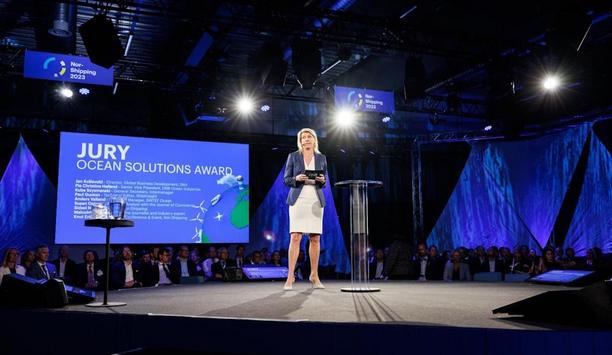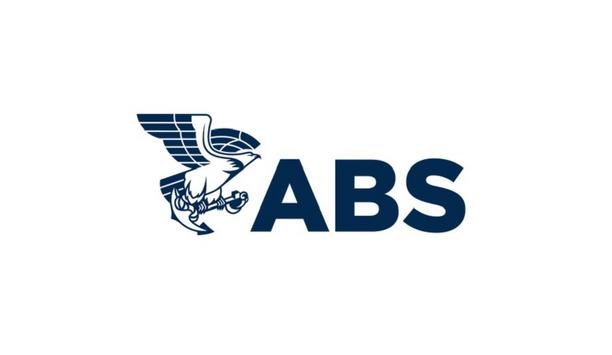A consortium of 26 companies and associations, led by DNV, has launched the “Handbook for Hydrogen-fuelled Vessels" to address the uncertainties surrounding hydrogen as ship fuel. The MarHySafe joint development project (JDP) aims to create a knowledge base for safe hydrogen operations in shipping.
Decarbonisation
Green hydrogen could play a crucial role in the maritime industry’s journey towards decarbonisation. Many in shipping recognise hydrogen’s potential as a fuel, but the barriers to realising this potential are substantial.
Led by DNV, a consortium of 26 partners and observers have come together in the MarHySafe JDP to examine these challenges.
Handbook for Hydrogen-fuelled Vessels
Handbook for Hydrogen-fuelled Vessels offers a roadmap toward safe hydrogen operations using PEMFC
The Handbook for Hydrogen-fuelled Vessels offers a roadmap toward safe hydrogen operations using proton exchange membrane fuel cells (PEMFC).
It details how to navigate the complex requirements for design and construction, and it covers the most important aspects of hydrogen operations, such as safety and risk mitigation, engineering details for hydrogen systems, and implementation phases for maritime applications.
Green hydrogen
“Green hydrogen is one of the zero carbon fuels that could be vital to meeting the IMO GHG goals, but as with other new fuels, there are still significant challenges regarding its safe and widespread implementation,” said Knut Ørbeck-Nilssen, CEO of DNV Maritime.
“We are fortunate to be working with companies that are ahead of the curve in terms of hydrogen operations. Having such esteemed partners and observers on board this project makes the insights gleaned all the more valuable."
Challenges for hydrogen operations
Some of the main challenges for hydrogen operations in shipping include the current regulatory framework
"Furthermore, it shows how the shipping industry can pool its collective expertise and tackle these crucial issues. We work best when we work together the handbook is a testament to this.”
Some of the main challenges for hydrogen operations in shipping include the current regulatory framework, which is open to interpretation by different stakeholders, existing knowledge gaps on the safe handling, storing, and bunkering of hydrogen, as well as the unique properties of hydrogen that make it challenging to work with.
Comprehensive overview
“This handbook provides a comprehensive overview of what companies need to consider with a hydrogen-fuelled vessel, as well as areas that require further investigation and testing before this technology can be taken up on a larger scale,” said Nathaniel Frithiof, Senior Consultant, Environment Advisory at DNV Maritime and Project Manager for Phase II of MarHySafe.
“But as MarHySafe progresses, we are working to ensure that the Handbook is much more than a static document, rather a knowledge hub that will be continually updated and will provide a basis for the future development of hydrogen rules.”
Pre-calculated risk assessments
The Handbook for Hydrogen-fuelled Vessels will be updated continually as the project progresses
In the summer, the MarHySafe JDP enters into Phase II. This will include pre-calculated risk assessments, experimental testing, as well as more work on hydrogen bunkering and input towards standardisation.
Alongside this, the Handbook for Hydrogen-fuelled Vessels will be updated continually as the project progresses to reflect the current level of expertise in the industry.
MarHySafe Phase 1 project
The MarHySafe Phase 1 project partners include the Norwegian Maritime Authority (NMA), the Norwegian Defence Materiel Agency (Naval Systems, NDMA), Equinor, Shell, Air Liquide, Linde, Kawasaki, Chart Industries, Parker, UMOE Advanced Composites, Hexagon Purus, Fincantieri, Feadship, HySeas Energy, Ballard, Cummins (previously Hydrogenics), Corvus Energy, A.V.Tchouvelev & Associates, Vancouver Fraser Port Authority, Redrock, Hydrogen Technology & Energy Corporation (HTEC), Memorial University, and DNV.
The Norwegian Public Roads Administration (NPRA), the Standards Council of Canada, and the Norwegian Directorate for Civil Protection (DSB) were observers in MarHySafe Phase 1.












